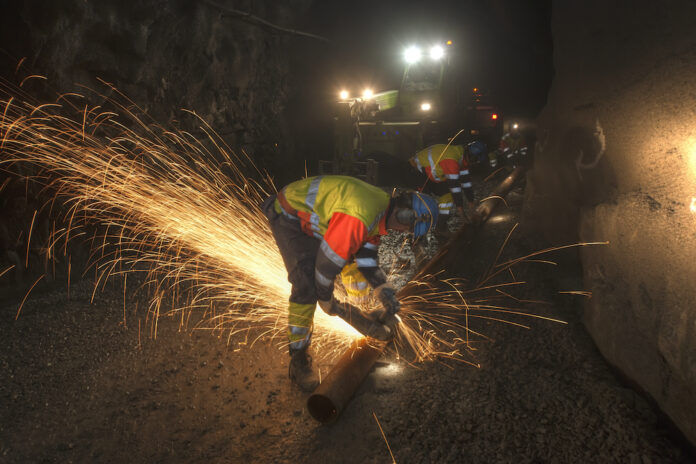
Networks go beyond comms
As Bosch and Nokia Bell Labs enter their sixth year of collaborating their complementary skills have given them also mystical skills, according to Peter Vetter, President of Bell Labs Core Research at Nokia, who has foreseen a future where networks do far more than communicate. Soon, 5G will track connected devices more precisely than satellites, in places satellites can’t reach. “In the next decade, 6G will be capable of sensing all objects in their coverage areas regardless of whether they contain active radios,” said Vetter, “We are creating networks that will endow humans with a digital sixth sense.”
Vetter’s declaration came as Nokia and Bosch announced progress in their jointly developed 5G-based precision positioning technology, which was originally intended for new Industry 4.0 use cases. The two have deployed the proof of concept in a Bosch production plant in Germany, where extensive tests under realistic manufacturing conditions have shown an accuracy within 50 cm in 90% of the factory footprint. The positioning technology tracks mobile and portable devices connected to the 5G network, accurately determining their positions in places where no global navigation satellite service coverage is available, such as factories, warehouses or mines. As part of the factory test, an new improved private 5G network pinpointed the precise position of assets such as automated guided vehicles (AGVs), mobile robots and mobile control panels – tracking their movements throughout the plant in real time.
Traditionally, 5G positioning works by measuring the time it takes for mobile signals to travel from a mobile device to different base stations and anchor nodes in the network. As signals take longer to reach nodes that are further away, the positioning system can triangulate its source. Nokia and Bosch have built on that premis by equipping 5G nodes with multiple receive antennas, by which the network can detect the incoming angles of signals. Advanced Nokia Bell Labs algorithms interpret this time-delay and angle-of-arrival information to determine the most probable position of the mobile device. Their proof-of-concept achieves a level of accuracy well beyond the current cellular position state-of-the-art, providing a sneak peek at what 5G networks, both public and private, will be capable of in the future.
Precision localisation is important for many applications in heavy industry, such as robot navigation, asset tracking and worker safety. Achieving high-performance connectivity and high-accuracy positioning within a single private network’s infrastructure has many operational benefits. It can simplify IT infrastructure, cut the total cost of ownership (TCO) and bring higher returns on investments.
“Knowing the location of things is very valuable information in manufacturing,” said Andreas Mueller, the Chief Expert on 6G activities at Bosch. Usually there are separate systems for connecting and locating devices, but this may be done via an integrated private 5G solution in the future. The proof-of-concept where the future of the factory may lie.
Nokia and Bosch have worked together since 2017 when they developed industrial IoT and sensing systems. Nokia and Bosch have begun conducting joint research in the next generation of networking, investigating how future 6G networks could be used for both communications and sensing when they are commercially available by the end of the decade. While 5G has the potential to determine the location of devices connected to the network, 6G will have the ability to track the position of any object – whether connected or unconnected. This will allow 6G signals to function similarly to radar, giving users an awareness of their surroundings beyond their traditional senses.


